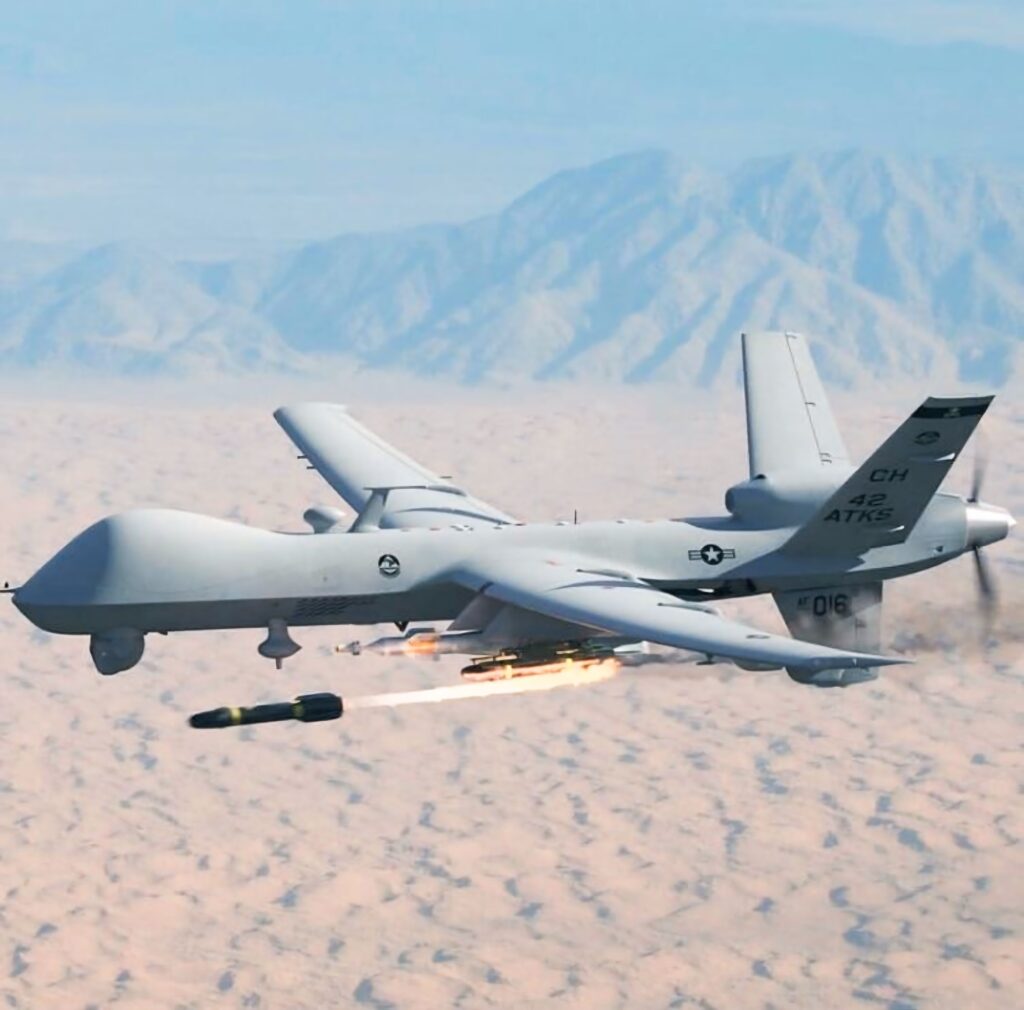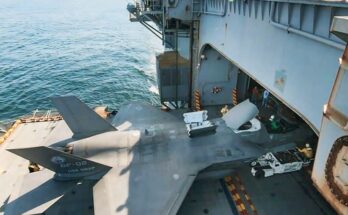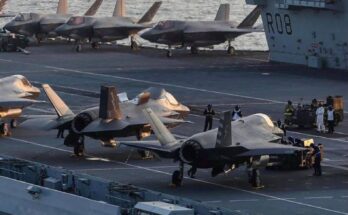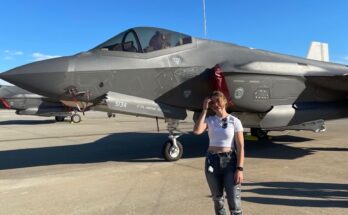
The Atomics MQ-9 Reaper is one of the most advanced remotely piloted aircraft in use today. Developed by General Atomics Aeronautical Systems, it represents a major evolution in unmanned aerial technology, designed not only for surveillance but also for precision strike missions. Its role in modern military operations highlights the increasing reliance on drones for both intelligence gathering and combat support.
The MQ-9 is often referred to as a “hunter-killer” drone because of its dual capabilities. Unlike earlier unmanned systems that focused primarily on reconnaissance, the Reaper can carry a variety of weapons, including Hellfire missiles and laser-guided bombs. This allows it to both locate and engage targets with high accuracy, reducing the need to send manned aircraft into hostile environments. Its versatility has made it a central part of U.S. Air Force and allied operations since its introduction in the mid-2000s.
One of the defining features of the Reaper is its endurance. With a wingspan of 66 feet and a turboprop engine, it can remain airborne for up to 27 hours, depending on its payload. This long endurance gives operators the ability to monitor areas continuously, providing valuable intelligence for commanders. Its cruising speed of around 194 miles per hour, while modest compared to manned jets, is sufficient for surveillance and strike missions. The balance of speed, endurance, and payload makes it ideal for asymmetric conflicts where patience and precision matter more than raw speed.
The aircraft is controlled remotely, often from halfway around the world. Pilots and sensor operators sit in ground control stations, using advanced communications systems to guide the drone. This remote operation not only removes the physical risk to pilots but also allows for extended missions that would be impossible for a human crew to endure. Data collected by the Reaper, including high-definition video and radar imagery, can be shared in real-time with decision-makers on the ground.
The MQ-9 has been used extensively in counterterrorism operations, particularly in the Middle East and Africa. Its ability to loiter over areas for hours enables it to identify patterns of life, track high-value targets, and strike when conditions are optimal. Supporters argue that the drone’s precision helps limit civilian casualties compared to less discriminating forms of attack. Critics, however, raise concerns about the ethical implications of remote warfare, civilian harm, and the broader consequences of normalizing drone strikes as a tool of statecraft.
Beyond combat roles, the Reaper has also been adapted for non-military purposes. Some variants have been tested for border security, search and rescue, and even environmental monitoring. These applications highlight the flexibility of the platform and the growing interest in unmanned systems across different fields.
In many ways, the MQ-9 Reaper symbolizes the future of air power. Its combination of surveillance, endurance, and strike capabilities has reshaped how militaries approach both conventional and unconventional conflicts. While debates over its use continue, there is no denying its impact on modern warfare. The Reaper is not just a tool of the present but a glimpse into the expanding role of unmanned systems in global security.


